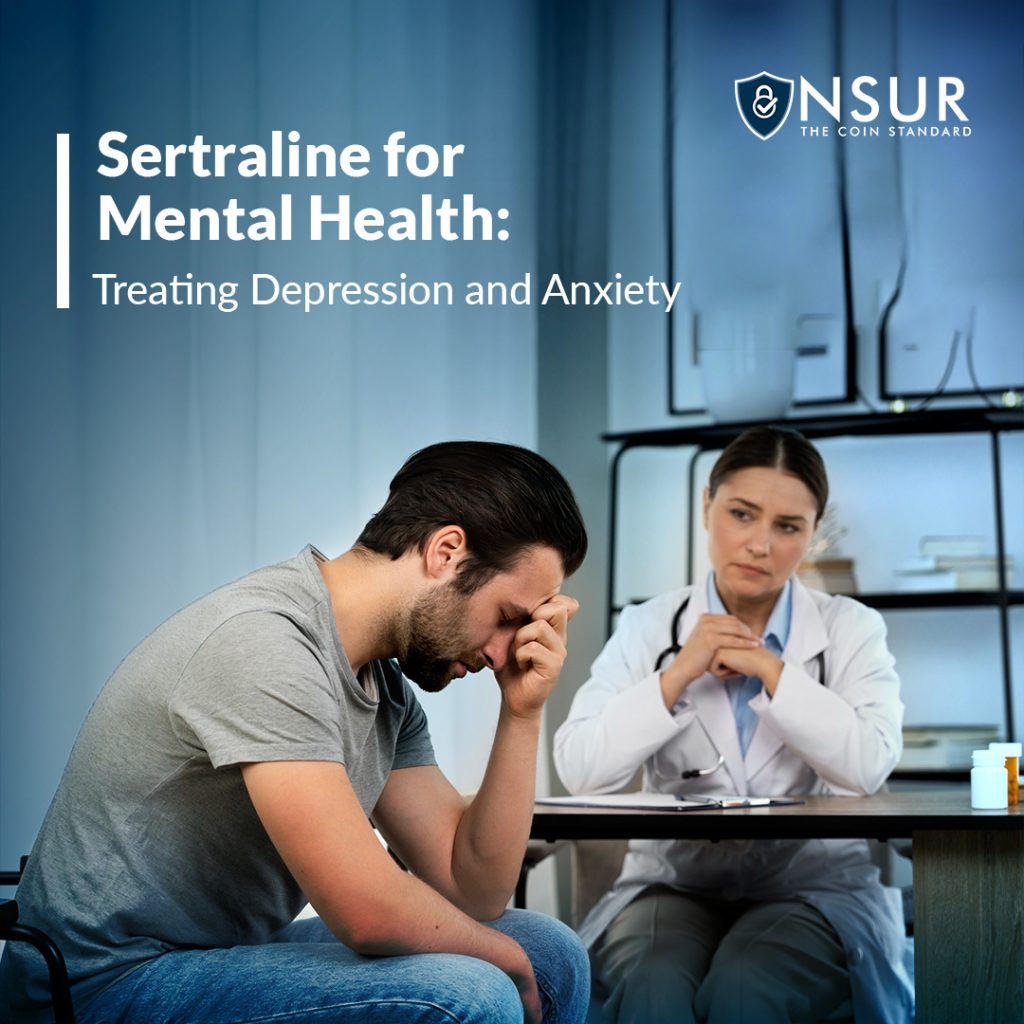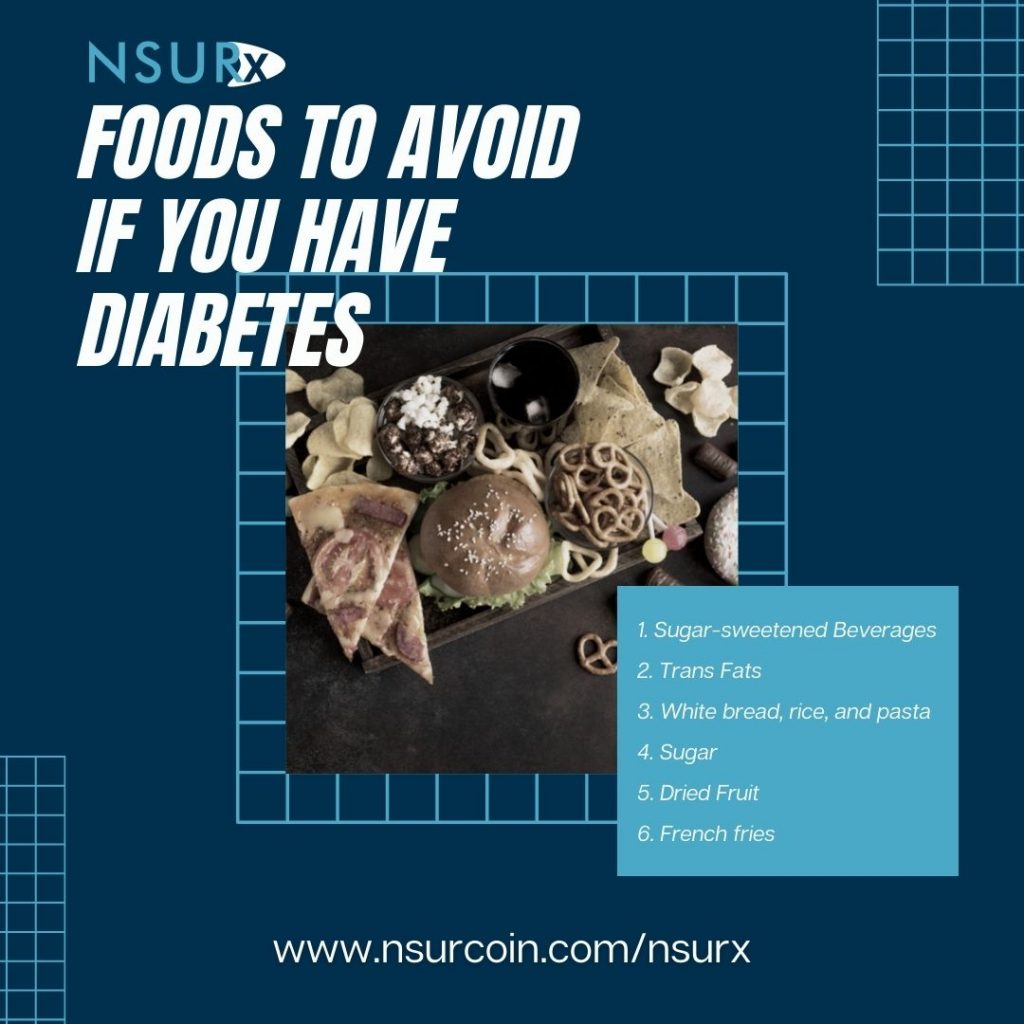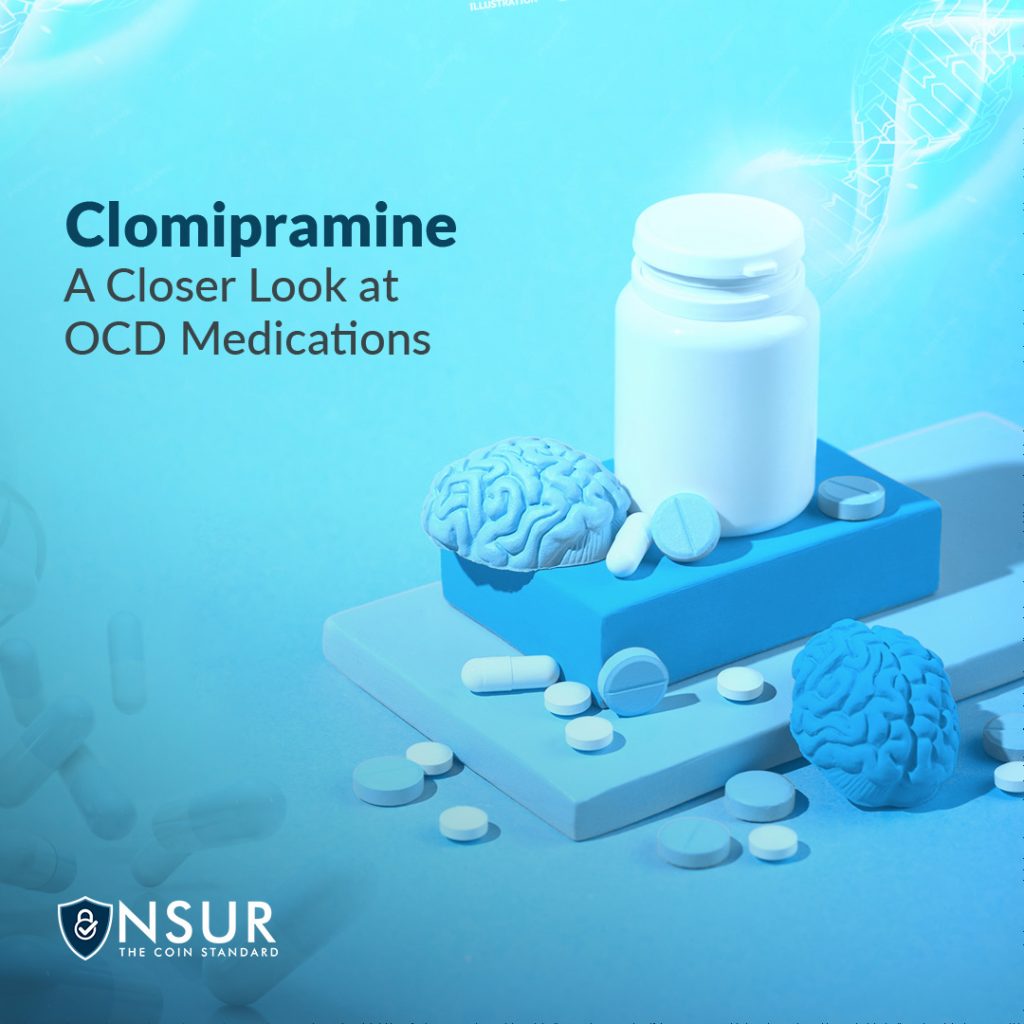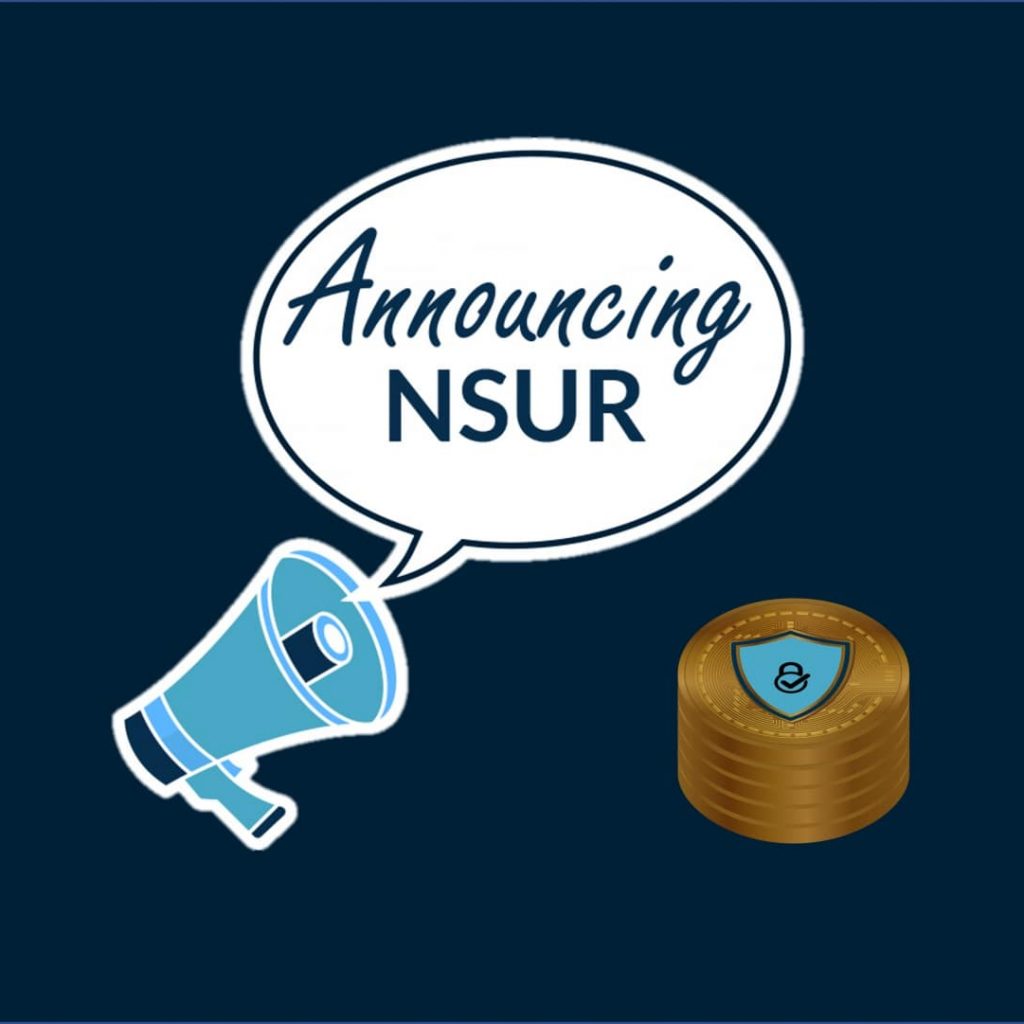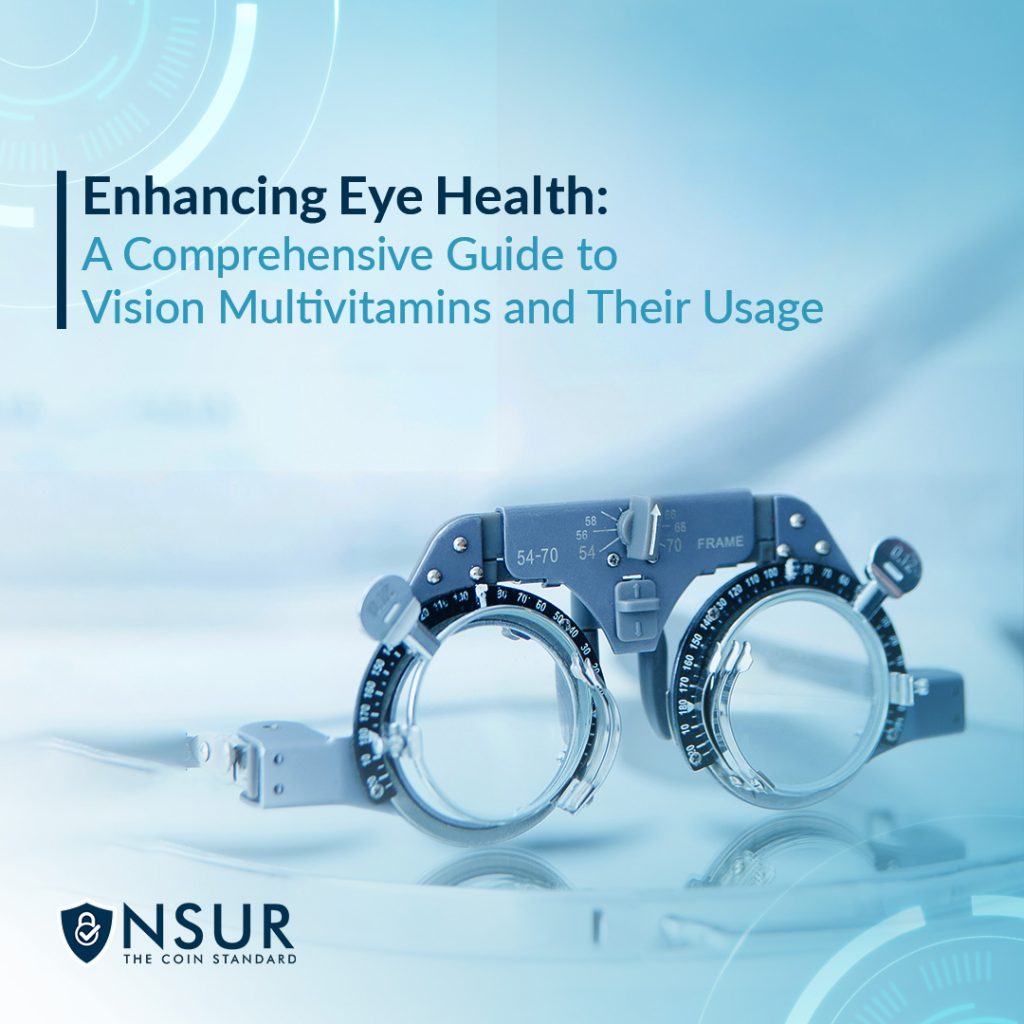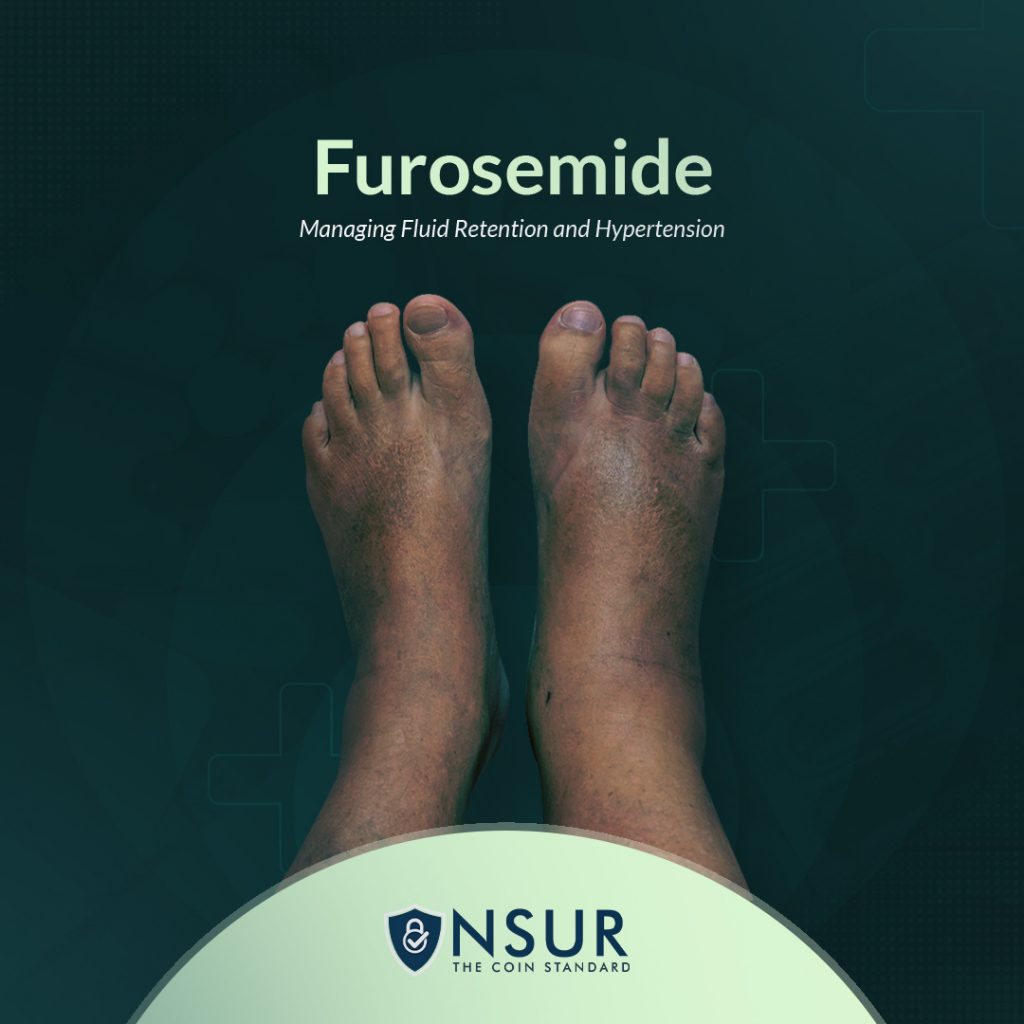
Did you or did someone you know suffer from a stroke? These medications might be prescribed by your doctor for you.
A stroke happens when the brain stops getting blood. This restricts the flow of oxygen and nutrients to your brain cells, causing these brain cells to eventually die. Strokes are dangerous and can result in permanent brain damage. When this happens, you may require physical therapy to do things like walk, speak, or even eat.
Symptoms of a stroke
Stroke can cause brain damage, but prompt treatment can lessen the severity of the damage. If you are aware of the warning signs and symptoms of a stroke, you are in a better position to take prompt action, which could potentially save a life, even your own.
Symptoms of a stroke include:
- Unknown cause of a severe headache
- Sudden difficulty walking
- An abrupt loss of vision that affects one or both eyes
- Numbness on one side of the body
- Confusion, difficulty speaking, or difficulty understanding speech
Types of stroke
Just like every other organ, the brain needs oxygen and nutrients from the blood to work well. Brain cells begin to die when the supply of blood is restricted or stopped. Brain damage, incapacity, and death are all possible outcomes.
Strokes commonly appear in two forms. These are:
- Ischemic stroke – Ischemic stroke occurs when a blood clot blocks or narrows a cerebral artery.
- Hemorrhagic stroke – Hemorrhagic stroke occurs when blood from an artery bursts into the brain
Commonly prescribed drugs for stroke
There are many medications you or a loved one may be prescribed when it comes to stroke treatment. Some stroke medications dissolve existing blood clots, while others aid in the prevention of blood clot formation in your blood vessels. Some work to lower blood pressure and cholesterol levels in order to prevent blood flow blockages.
If you suffer from a stroke, your doctor might prescribe you one of these medications:
Aspirin
Most people will be given a daily dose of aspirin. Aspirin, in addition to being a pain reliever, is an antiplatelet agent, which reduces the likelihood of another clot forming.
Anticoagulants
Some people may be given an anticoagulant to help lower their chances of developing new blood clots in the future. Anticoagulants prevent blood clots by altering the chemical composition of the blood in such a way that clots do not form.
Examples of these include Warfarin, Apixaban, Dabigatran, Edoxaban, and Rivaroxaban.
Blood pressure medicines
Medicines for blood pressure may be prescribed if you have high blood pressure. Examples are diuretics, ACE inhibitors, calcium channel blockers, alpha-blockers, and beta-blockers.
Statins
Statins may be prescribed if you have high cholesterol levels. The amount of cholesterol in your blood can vary from person to person. Statins work by inhibiting a chemical in the liver that’s responsible for cholesterol production.
Use NSURx to save money on stroke medications
NSURx is a discount card that can save you money on your stroke prescription costs. When you show your NSURx card to your pharmacist, you could save up to 80% on your prescriptions. Billions have already been saved through this program.
Moreover, NSURx is accepted by more than 35,000 pharmacies, from Walgreens to Walmart, meaning there is a pharmacy near you where you can start saving money.
There is no limit on the number or type of prescriptions you fill with NSURx or the number of times you use your NSURx card to save.
Download your free NSURx card and start saving on your stroke prescriptions immediately!
